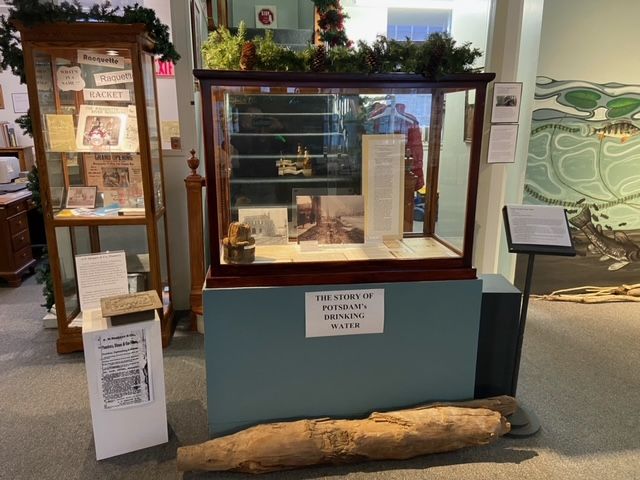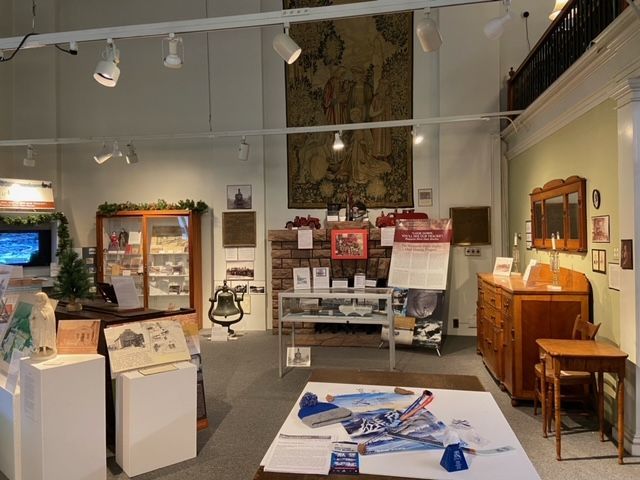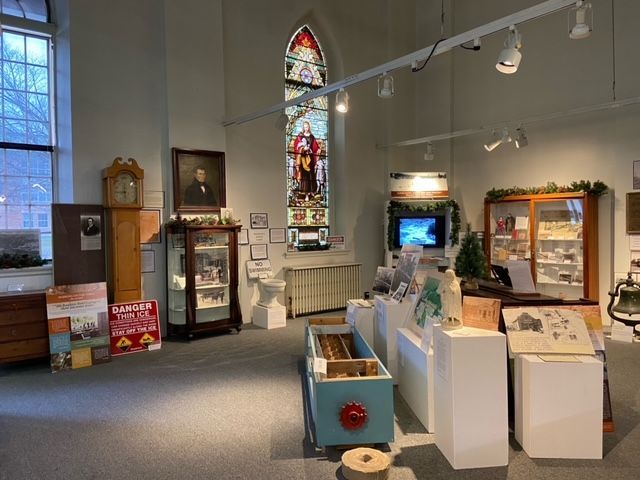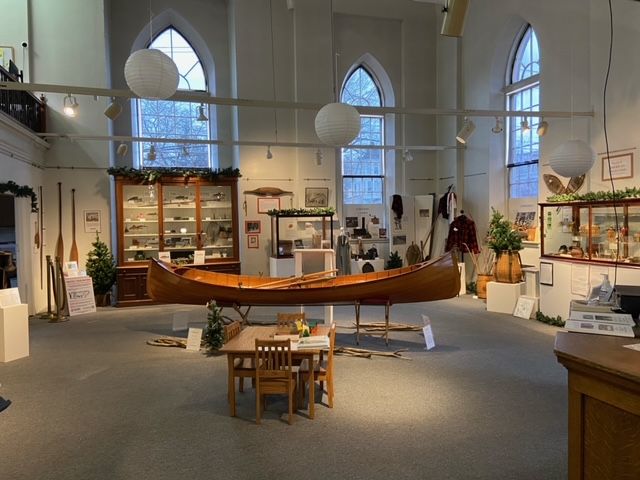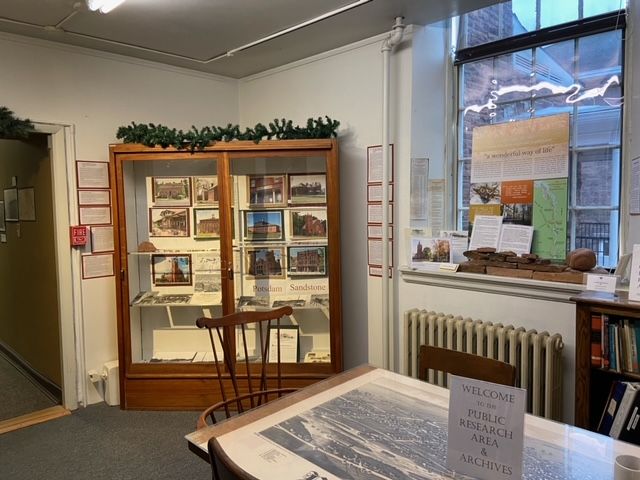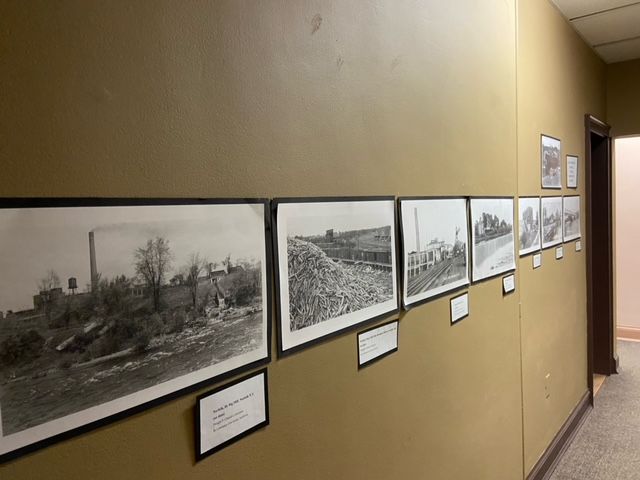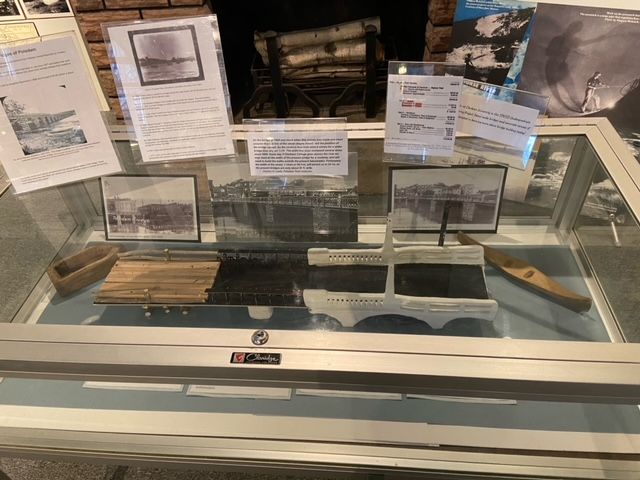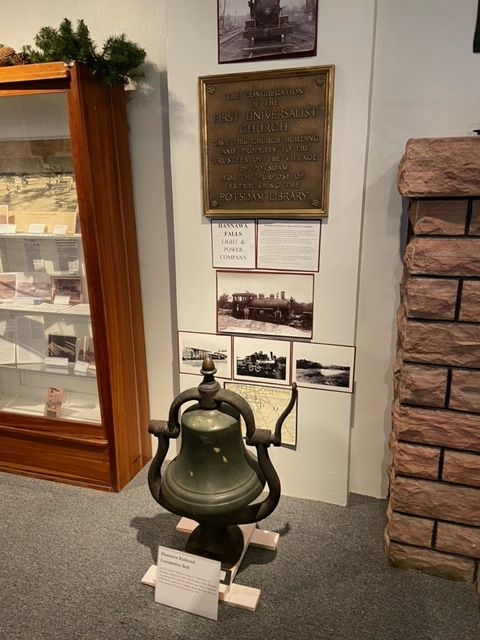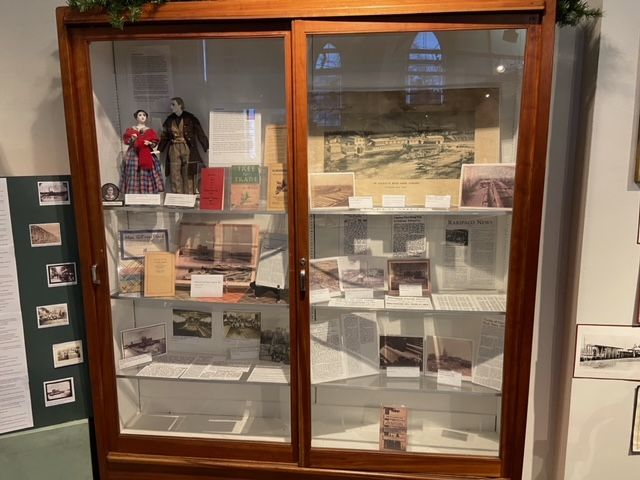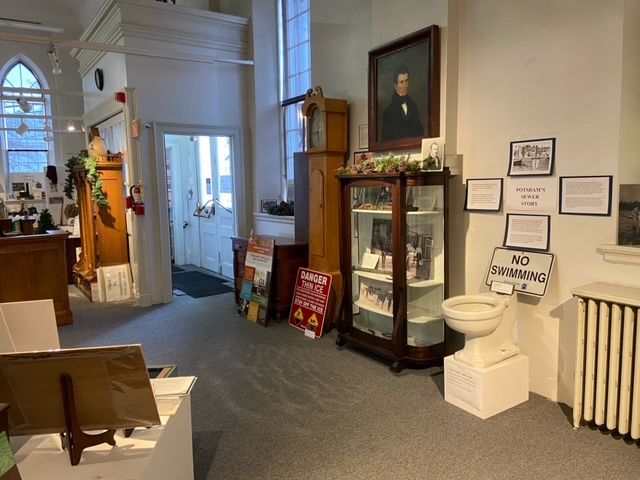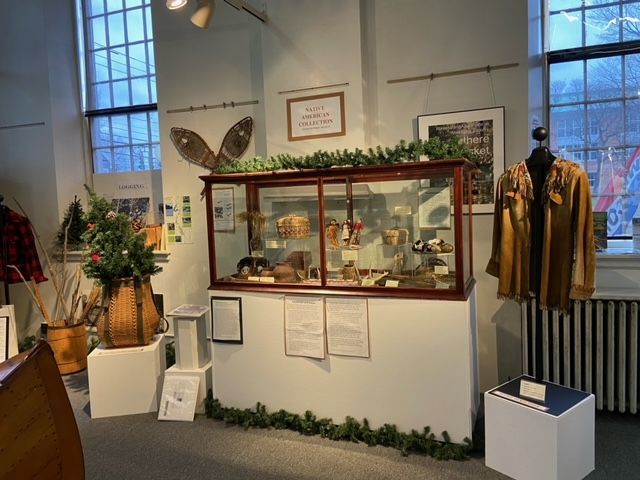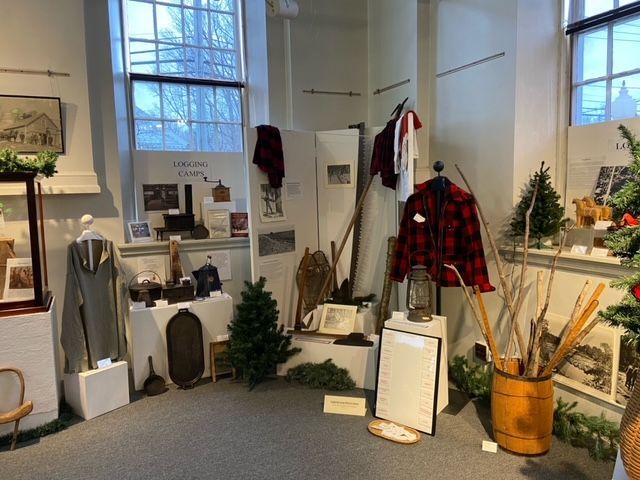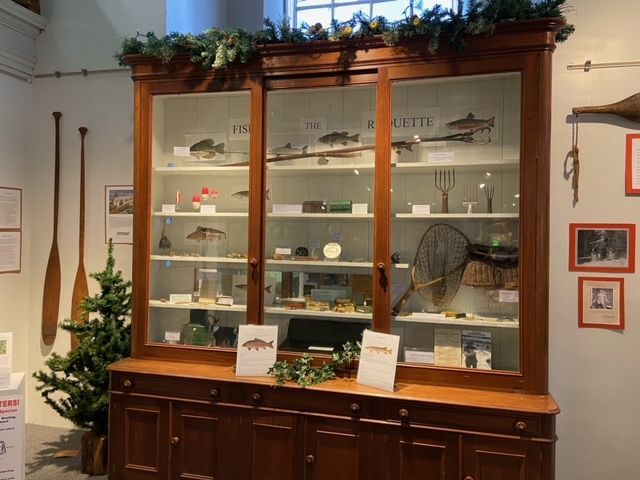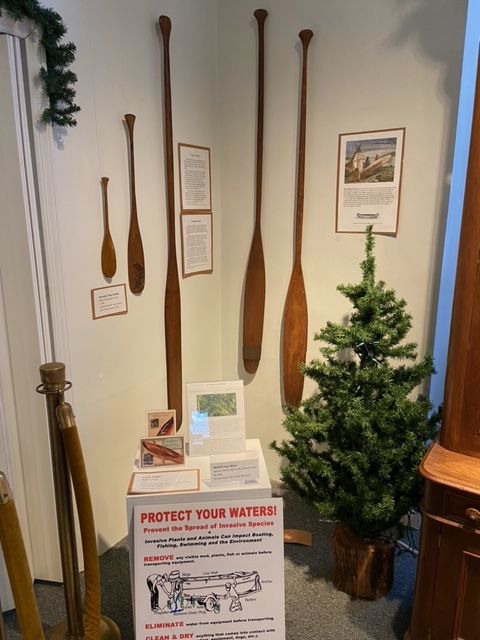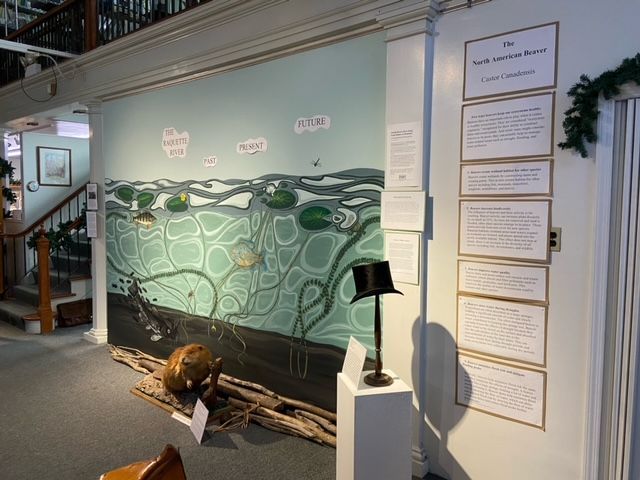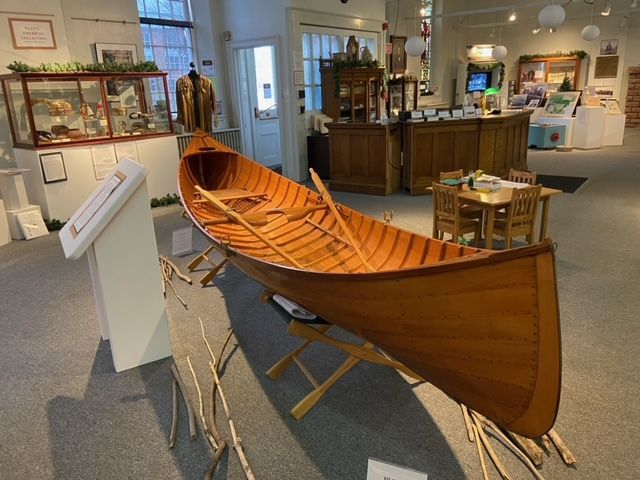The Raquette River: Past, Present, Future
Why is it called Raquette?
How exactly this came about is uncertain and there are several different accounts. One purports that when French explorers came upon the mouth of the river in present-day Akwesasne it had the shape of a snowshoe and therefore came to be called the 'Raquette.'
In the records of researchers like Franklin B. Hough, the Native Americans who lived and traveled along its length called it the 'Nihanawate', or noisy river. The assumption from this is that when European settlers came, they used a name that conveyed the same meaning, 'Racket.'
Another account attributes its origin to the famous flight of Sir John Johnson, a British Loyalist in the American Revolution. In this account, the name 'Raquette' was attributed to the pile of snowshoes left by Johnson and his followers near Raquette Lake, abandoned by their wearers when no longer useful.
Whichever version is true, the US Board on Geographical Names decided in 1902 that the correct spelling was 'Raquette' and this has remained the official spelling ever since.


Logging and the Raquette River
A law passed by the State Assembly in 1850 established the Raquette River as a public highway from its source to the St Lawrence River. William A. Dart, Noble S. Elderkin, and Dr. Henry Hewitt, the primary backers of this law, wanted to promote the river’s ability to float logs right down to the mills where they could be turned into lumber.
Occurring predominantly in the spring when meltwaters raised the river’s level, drives were organized to bring thousands of cut logs down to the mills. Men used peaveys, or cant hooks, to move them around either individually or as part of large rafts. When jams occurred because of natural obstacles or tight spaces, the more experienced drivers would sometimes employ dynamite to get the logs back on their way.
Practically every company had their own marking, usually stamped several times on a log with a special hammer or axe, that identified which were theirs during sorting. Log booms, often simply a wire attached to artificial posts in the river, held them for sorting or until they could be retrieved for processing.
According to one source, between 1851 and 1900 there were 102 different marks registered with the town clerk of Potsdam. The last of these marks was registered by the Racquette River Paper Mill in Dec. 1900.
Water Power and Hydroelectricity via the Raquette
Many dams on the river originally served to regulate water levels for the log drives, though this created tension at times with property owners whose lands could be flooded or waterpower lost as a result. Others served as sources of hydropower for mills and other factories located along the course of the river. These early dams were commonly built of wood or stone and at times were washed out during the spring floods.
As the demand for electricity grew from the 1880s onwards, the need for hydroelectric dams also increased. At places like Hannawa Falls, private companies like the Potsdam Light & Power Co. began to construct dams for the sole purpose of producing electricity. In the 1950s, the government funded the construction of dams at Carry Falls and other locations. More were constructed in the 1980s, at places like Sissonville. All modern dams are built of concrete and steel.
Eventually, the increase in the number of dams made the Raquette the most dammed river in the state.


